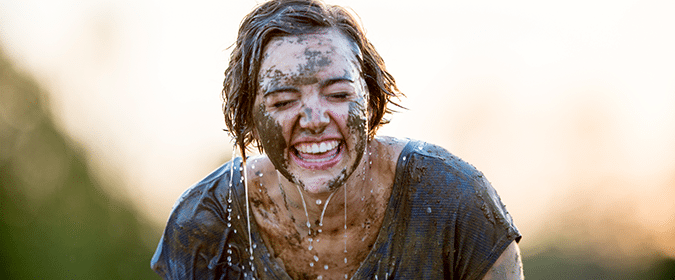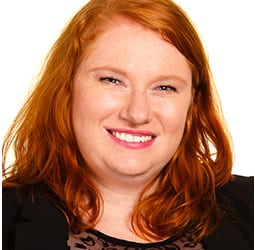
Women in sports are rarely given the same kind of press as their male counterparts. Can you recall the last time you saw the WNBA get coverage in your regular newspaper? Do you remember ever seeing women’s college sports get the kind of wall-to-wall airtime as men’s March Madness? Have you seen reporters cramming into the press box for a women’s professional soccer match because there’s so much press interest they can’t all fit? Chances are, your answers to those questions are “no.”
Just as unlikely: seeing a female sports reporter. According to the 2017 Women In Media report from the Women’s Media Center, women only had 11.4 percent of the sports story bylines last year — and that was up from 10 percent the previous year. Yet women make up a huge percentage of sports fans — 51 percent of women are sports fans, and they make up about 35 percent of each sport’s fanbase. So why aren’t there more women covering athletics?
The Association for Women in Sports Media (AWSM) is working to correct that problem by encouraging and mentoring female sports reporters. The AWSM — pronounced “awesome” — is a group of men and women working in sports media who want to help women join the field and get their faces and bylines out there. One of those women is Rachel Lenzi, a sports reporter for Cox Media Group’s Land of 10.
Lenzi decided at the age of 12 that she wanted to be a sports reporter. She loved reading and writing, and she really loved sports, so she figured she could combine her passions and make her living doing something she loved. She’s now been reporting on sports for 20 years, so, “I think I did a good job,” she says.
Lenzi’s first job after college was covering high-school sports for a small community newspaper in Texas. “I was only the second or third woman ever to cover sports [at that paper],” she says. And since then, it’s been “all men everywhere [I’ve been].” Even now, at Land of 10, Lenzi is one of only two women on staff full-time.
For a lot of women, being the only woman and blazing the trail for others would be a struggle, but Lenzi sees it as an opportunity. “I learned to speak up and advocate for myself in college,” she says, “but I was one of only three women who spoke up in [my sports writing] class.”
“My concern is, do women hold themselves back?” she wonders.
In press conferences and locker rooms, Lenzi still sees other women keeping to themselves and staying quiet, and that’s not how you get a story. “You have to ask your questions,” she says. “No one’s going to ask them for you.”
She admits it wasn’t easy for her at the beginning, especially when she was the one of the only women (or often, the only woman) covering the beat. But “you have to keep going into that environment” to get comfortable and learn how to operate in your role as a sports reporter. When she was sent to cover a sport or team she didn’t know anything about, Lenzi was willing to ask other reporters for help — and even though the field is very competitive, she always got help.
That openness to trying and failing helped Lenzi find her footing. Thanks to AWSM, more women are getting the chance to find mentors and get a helping hand, whether they’re new to sports reporting or in the middle of a long career. But it’s up to the higher-ups to help those women, too.
Lenzi advises editors who see women reporters showing an interest in sports to have those women shadow and assist existing sports reporters on their high-profile stories. “Don’t put people in a box,” she says. Newsroom leaders need to know their reporters and help them flourish.
“Women who apply for [sports reporting] jobs are just as qualified as men,” Lenzi says. “Editors and people in charge need to bring in staffers who think differently.”

Jennifer Peters is former content manager of the News Media Alliance.

